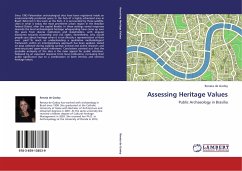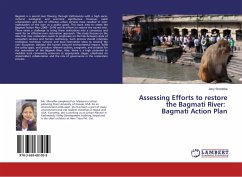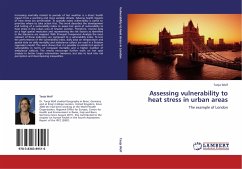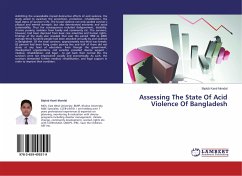Since 1993 Paleoindian archaeological sites have been registered inside an environmentally protected space in the hub of a highly urbanized area in Brazil. Referred in this work as the Park, it is surrounded by three satellite-cities in what is today the most prominent urban region in the Brazilian Federal District after the capital Brasília. In these settings varied responses towards the local archaeological heritage safeguarding have come up over the years from diverse institutions and stakeholders, with singular discourses towards ownership and civil rights. Nonetheless, why would people care about heritage when it is not directly a representation of their own past? To reach an understanding a qualitative methodological framework within an interdisciplinary approach has been applied, tested on data collected during walking surveys; archival and online research; and semi-structured open-ended interviews. Conclusions pointed out that the probable antiquity of the sites is the main appeal for public attention, followed by an expected response from local institutions, increasing their public significance due to a combination of both intrinsic and extrinsic heritage values.
Bitte wählen Sie Ihr Anliegen aus.
Rechnungen
Retourenschein anfordern
Bestellstatus
Storno








